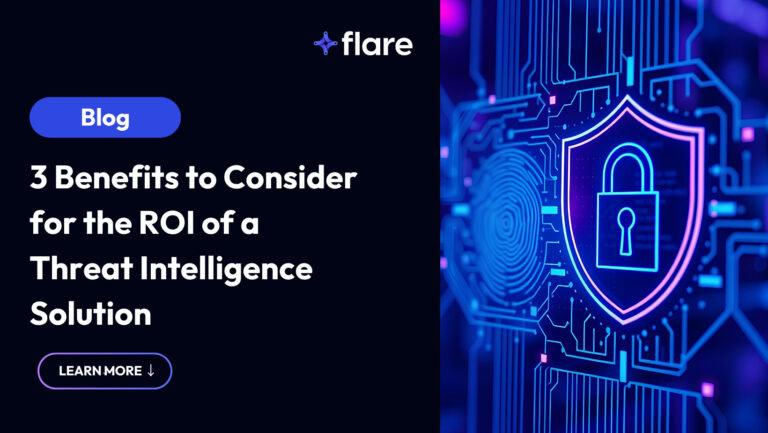
Financial crimes have increased during the pandemic, with nearly 60% of companies reporting synthetic identity fraud attacks and account takeover in 2020. The Federal Reserve warns this is one of the most prevalent types of fraud in the U.S., actively targeting financial institutions such as banks and credit bureaus.
In 2017, for instance, 1 million children were affected by identity fraud because their personal details were used to build fake identities. Other vulnerable categories include seniors and the deceased. In the midst of the pandemic last year, Transunion reported that not only did digital transactions register a 250% increase, but between March and June 2020 risky transactions increased by 11%. In its latest report, however, Transunion warns that while synthetic identity fraud has declined for companies, it has in fact surged for consumers in the third trimester of 2020.
Given that COVID-19 scams have been circulating on the internet for the past year, it is critical to pay attention where you purchase goods and services from, as well as what kind of personal information you reveal and to whom.
As the fraud ecosystem is expanding, it is important to keep a close eye on what is happening on the dark web and how it may affect your digital footprint. Dark web forums or chat groups are crawling with scammers eager to sell personal information and social security numbers at various deals. According to the Washington Post, in 2019 scammers were selling credit card information on Facebook groups for as little as $4.
Because they are real, these details can be used to apply for bank loans, to take out a credit card, or scam the government with tax returns or through benefit programs. If a criminal has access to a person’s social security number or SIN number in Canada’s case, it does not take a lot of effort to build a fake identity around that detail. This type of fabricated identity has limited chances of being tracked down by law enforcement.
It is the mix of genuine and false personal information that often tricks the provider, which is why synthetic identities have been used to facilitate illegal activities such as drug trade and human trafficking operations, the Federal Reserve explains.
The health crisis and the remote workforce have made it harder for financial institutions to manage risk. Moving forward, they will have to look into investing in fraud detection tools with extended capabilities to monitor onboarding and account verification processes, as well as identify compromised credentials circulating the dark web. By identifying compromised credentials in real-time, financial institutions can prevent account takeover and block fraudsters from gaining unauthorized access to customer or employee accounts.
Spotting synthetic identities will get harder moving forward. As technology keeps evolving, other challenges will arise such as deepfakes impersonating people or creating new identities altogether. While it may be hard to put an end to fraud altogether, a proactive, rather than reactive, approach to verifying identity and monitoring the criminal underground could prevent fraudsters from successfully bypassing security layers.





